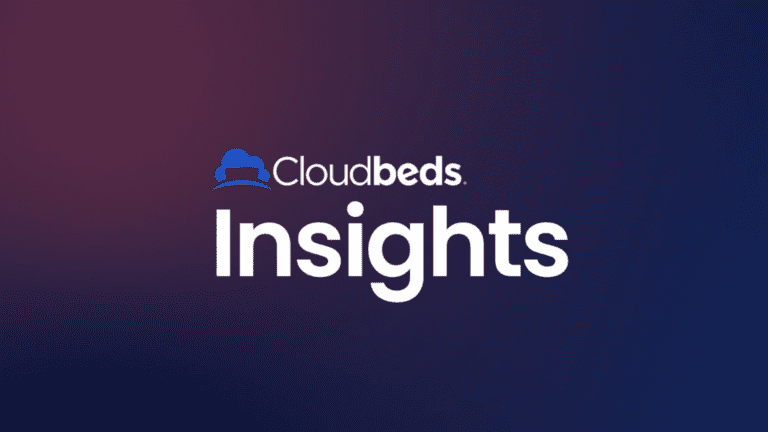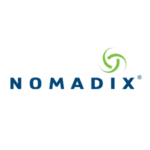 Planning ahead into 2021 amidst ongoing second wave lockdowns, staged reopenings and the dangling carrot that is a vaccine is a doozy. Normally we rely on market data and the previous year’s performance to guide our hand, yet forecasting well into Q2, Q3 or even Q4 2021 is in many ways still untenable. Despite the widespread uncertainty from the coronavirus, we can still depend on a few trends to guide our approach, specifically those involving the use of technology to create a contactless and largely automated guest experience.
Planning ahead into 2021 amidst ongoing second wave lockdowns, staged reopenings and the dangling carrot that is a vaccine is a doozy. Normally we rely on market data and the previous year’s performance to guide our hand, yet forecasting well into Q2, Q3 or even Q4 2021 is in many ways still untenable. Despite the widespread uncertainty from the coronavirus, we can still depend on a few trends to guide our approach, specifically those involving the use of technology to create a contactless and largely automated guest experience.
Lean into the core of your operations, where we’ve seen PMS providers make big strides to give hoteliers the tools they need to address COVID-19 safety. Particularly for independents and multi-property groups, you can now work to evolve your property by leaning into your PMS. Or, if your current supplier isn’t able to help you realize the cost savings and revenue gains outlined below, now is the time to investigate other options.
In looking for ways in which hotels can get more out of their key software providers, I sought out Warren Dehan, President of Maestro PMS, a vendor located in my hometown of Toronto, which is somewhat unexpectedly emerging as a hospitality tech hub. He stated, “We’ve worked to build a robust core for all other components in a property’s tech environment so that guests can feel safe and access everything in a touchless manner. But that’s not enough heading into 2021. Guest behavior has permanently changed, and the only way forward is to make everything frictionless so that any service can be packaged, promoted and provided while maintaining a leaner team.”
The great technology reset
In what I am calling the ‘great technology reset’ for hospitality, we’re already seeing software platforms help connect the numerous dots in the guest service communications and management chain, many of which were previously attended to manually or without specific attention to viral safety.
If you haven’t completed the all-but-required Covid safety upgrades, some of the features that Dehan highlighted as part of a proficient PMS include checking in from a mobile phone, phone-enabled door keys, guest messaging systems, mobile payments, checkout cleaning buffers, granular housekeeping checklists, full two-way integrations of all onsite facilities, digital feedback systems with instant alerts and specific guest profile segmentation for personalized marketing. As well, to best enable remote work, hoteliers must consider whether a PMS should be hosted on-premise, in the cloud or via a personal self-hosted cloud server, all coming with their own costs and cybersecurity considerations.
The main advantages of activating these features already inscribed by your PMS start with how they help restore guest confidence – particularly for groups – by ensuring a safe stay. Secondly, building a mobile-centric and largely touchless guest experience will enable hotels to promote privacy and seclusion which are now top drivers for leisure bookings. And thirdly, most of these features are bundled within a subscription fee so that a tangible ROI can be quickly achieved both from increased reservation numbers as well as labor cost reductions.
But why stop there? While addressing the need for viral safety via the abovementioned tech upgrades, you are also adding numerous new data points to the PMS (or CRM) that can then be utilized for onsite personalization to grow ADR or for promotional efforts to draw more customers. Leaning into your PMS therefore means developing a better picture of a guest’s individual desires so that you can increase revenue per available guest (RevPAG) and potentially extend each party’s length of stay (LOS).
A Californian resort example
As Dehan emphasized, the more granular your guest profile data is within the PMS, the better you can not only segment outbound offers to optimize room reservations, but also increase capture for ancillary revenue streams. The following example shows that this is not a convoluted process either.
Chris Biggers is the CIO for Boutique Hotel Collection (BHC), a group of four resorts in San Luis Obispo County in Central California that has realized success during this uneven travel period. Using Maestro PMS, Biggers elaborated on how the heightened integrations amongst the small group’s core software have helped boost RevPAG and guest satisfaction since the properties reopened in early summer.
From the guest’s point of view, one of the key issues with the ever-shifting nature of the pandemic has been that no one knows if a specific restaurant, service or amenity is available and what the specific booking restrictions are. This has resulted in numerous phone calls to check with staff about availability, and often business was left on the table. For instance, many visitors didn’t know that the spa had reopened and wouldn’t bother to inquire about scheduling a treatment. In worse cases, not knowing about certain amenities meant that guests wouldn’t book rooms, preferring instead to hold off or reschedule current reservations for a later date.
Biggers helped to resolve this problem by setting up a chatbot so that prospective customers could get an automatic response to simple questions like, “Is the gym open?” or “Does the restaurant only have outdoor seating?” While the platform could alert a live agent when the questions became more complex and needed a human touch, it also had a two-way connection built with the PMS so that reservations and payments could be made wholly through the messaging software.
“There’s no good way to deliver bad news about something being closed,” commented Biggers. “Obviously, we want to offer every service we have, so we set up an AI-powered messaging system to automate the prearrival phone calls we would normally perform and thereby give up-to-the-minute information to guests. This greatly improved customer confidence about their upcoming stays, and with the spa module and restaurant POS integrations into the PMS, we can prompt guests to reserve dining and treatments as soon as possible so that they don’t have to worry about availability once they arrive.”
It’s the simple yet brilliant applications of technology like what BHC has accomplished that will help to build revenues in the coming year. In a world without groups or corporate guests, you have to focus on RevPAG and LOS from the leisure segment, and this all starts from the core of your hotel’s tech stack and from a position of using technology to keep labor costs under control. In evaluating your budget for next year, it’s time to ask your PMS what more it can do to find those hidden pockets of revenue or, if need be, consider switching to a vendor that can address those needs.


















